How do I set up QNAP MCP Assistant with Claude Desktop?Applicable Products
- QNAP NAS devices running QTS 5.2, QuTS hero h5.2, or later versions
- MCP Assistant
Introduction
This tutorial guides you through the process of setting up QNAP's MCP Assistant to work with Claude Desktop, which enables seamless integration between your QNAP NAS and Claude's AI capabilities. You can then use natural language commands to operate your NAS.
Prerequisites
Before your start, ensure that you have the following setup:
- QNAP NAS device with QTS 5.2, QuTS hero h5.2, or later versions
- Computer with internet connection (Windows or macOS; Claude Desktop is not available for Linux)
- Administrator access to your QNAP NAS
- Default MCP Assistant ports: 8442 and 8443
Procedure
- Install MCP Assistant (beta) from App Center.
- If your NAS runs QTS/QuTS hero 5.2.1 or later versions:
- Log in to your QNAP NAS.
- Go to the App Center.
- On the top-right corner, click

- Select Join the QNAP App Beta Program and click Apply.
- In the search bar, search for MCP Assistant.
- Click Install.
- If your NAS runs QTS/QuTS hero 5.2.0:
- Go to the webpage of App Center.
- Search for MCP Assistant.
- Click MCP Assistant from the search result.
- Select your NAS model.
- Download the installation file.
- Log in to your QNAP NAS.
- Go to App Center.
- On the right-top corner, click

- Select Install Manually.
- Click Browse and upload the installation file that you just downloaded from the QNAP website.
- Click Install.
- Open MCP Assistant.
- Locate the MCP Assistant from the Main Menu.
- Launch MCP Assistant.
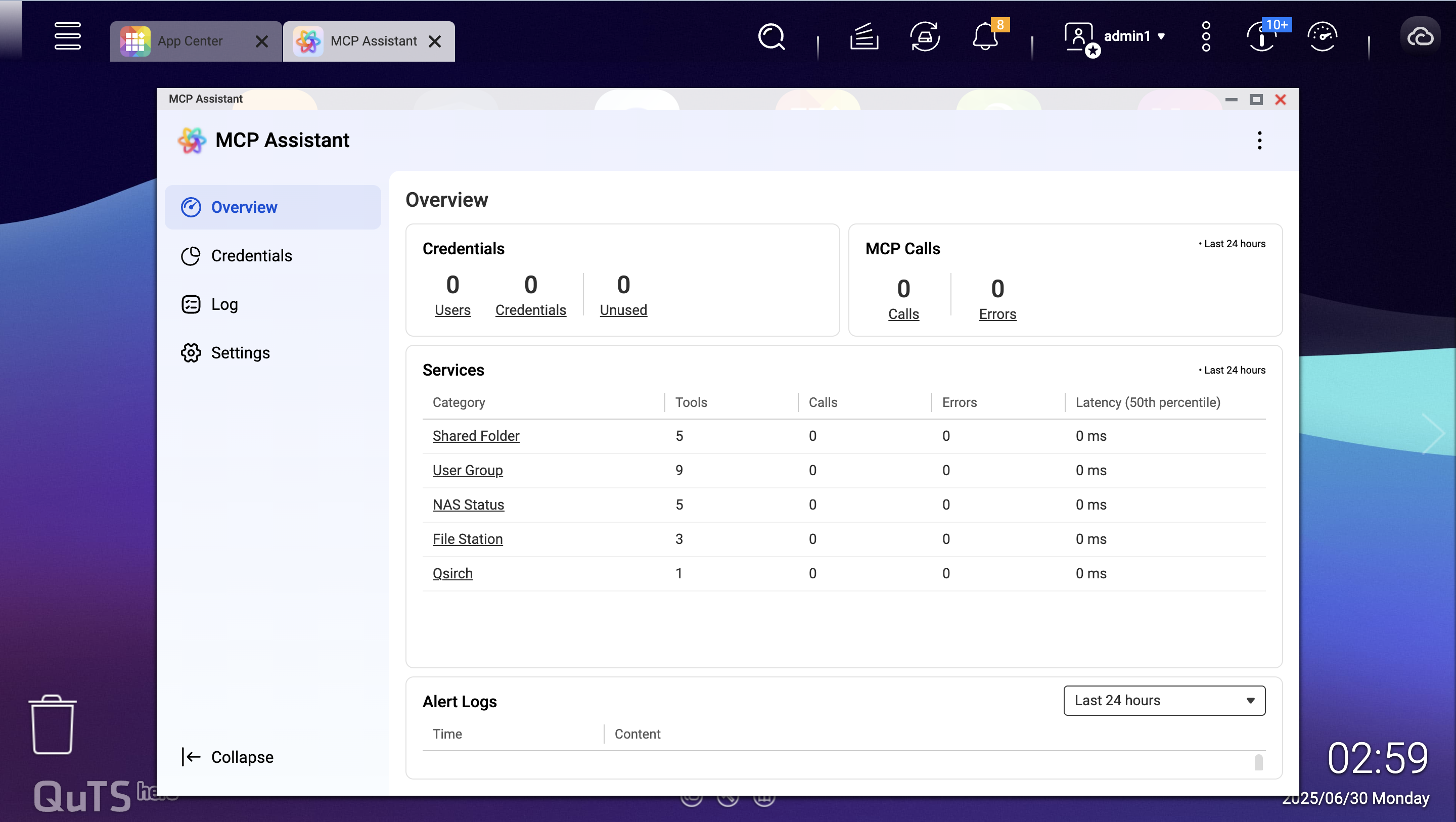
- Create credentials and download MCP Server.
- In the MCP Assistant, go to the Credentials tab.
- Click Create to generate a new key.
- Enter a descriptive name for the key, select the key type, and choose the user account to associate with this key.
Tip
By default, Read-only Mode is enabled. To grant more privileges to a trusted user, you may uncheck this option.
- Specify which MCP tools the user can access.
- Click Create to complete key creation.
- After the key is created, click the download arrow under Actions.
- The Download Key and MCP Server dialog will appear, which allows you to download the authentication key and MCP Server files to your computer.
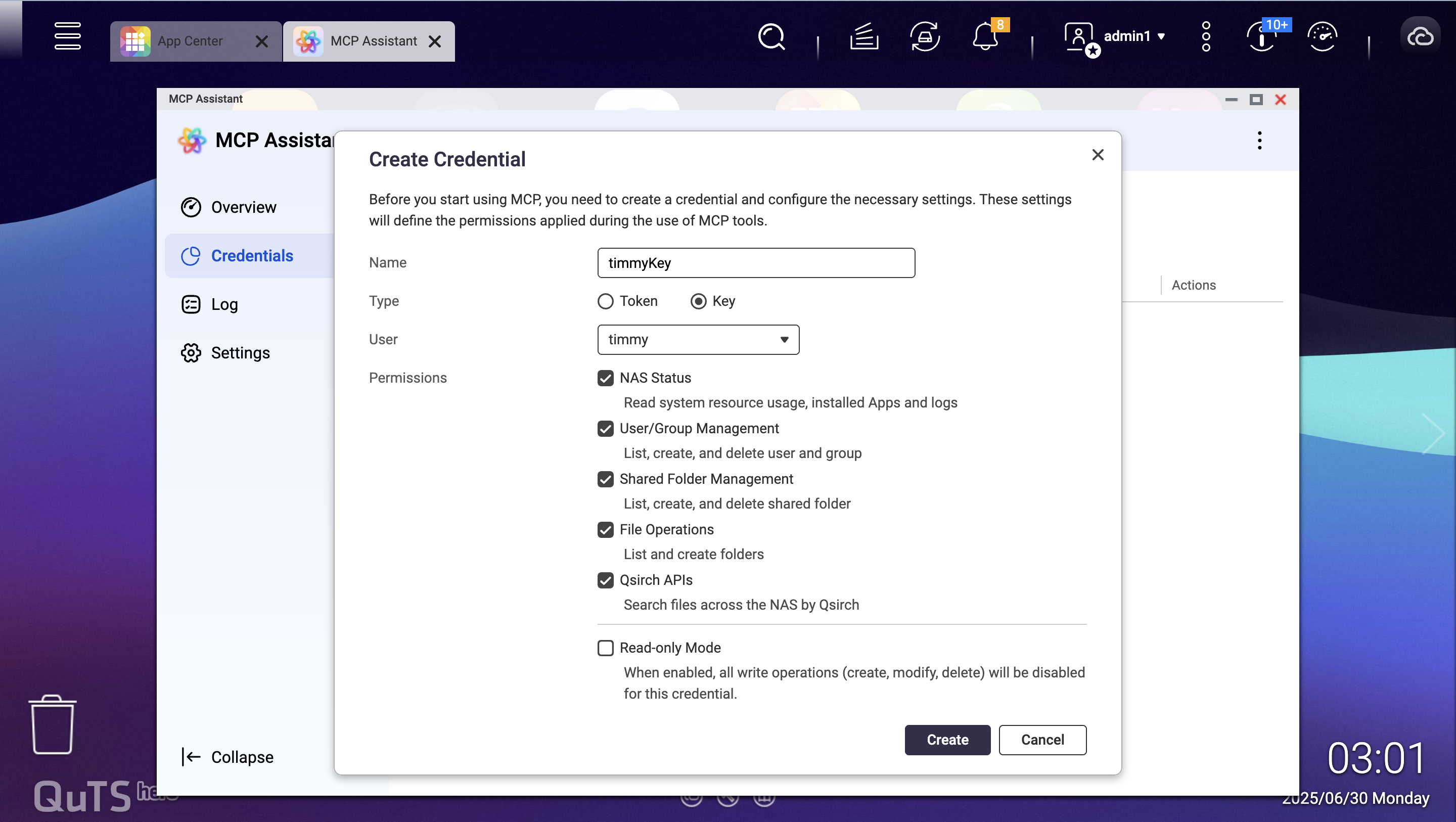
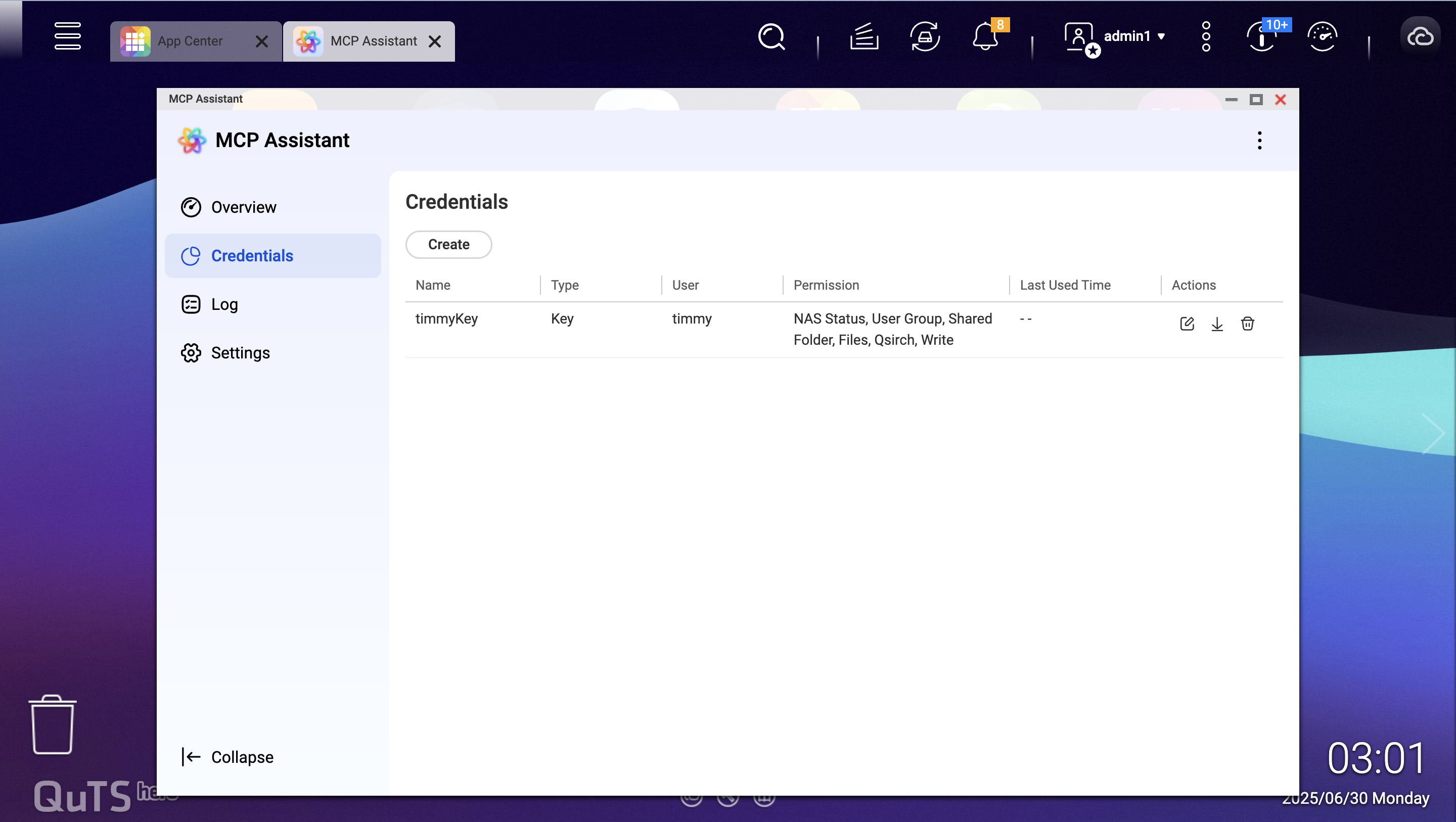
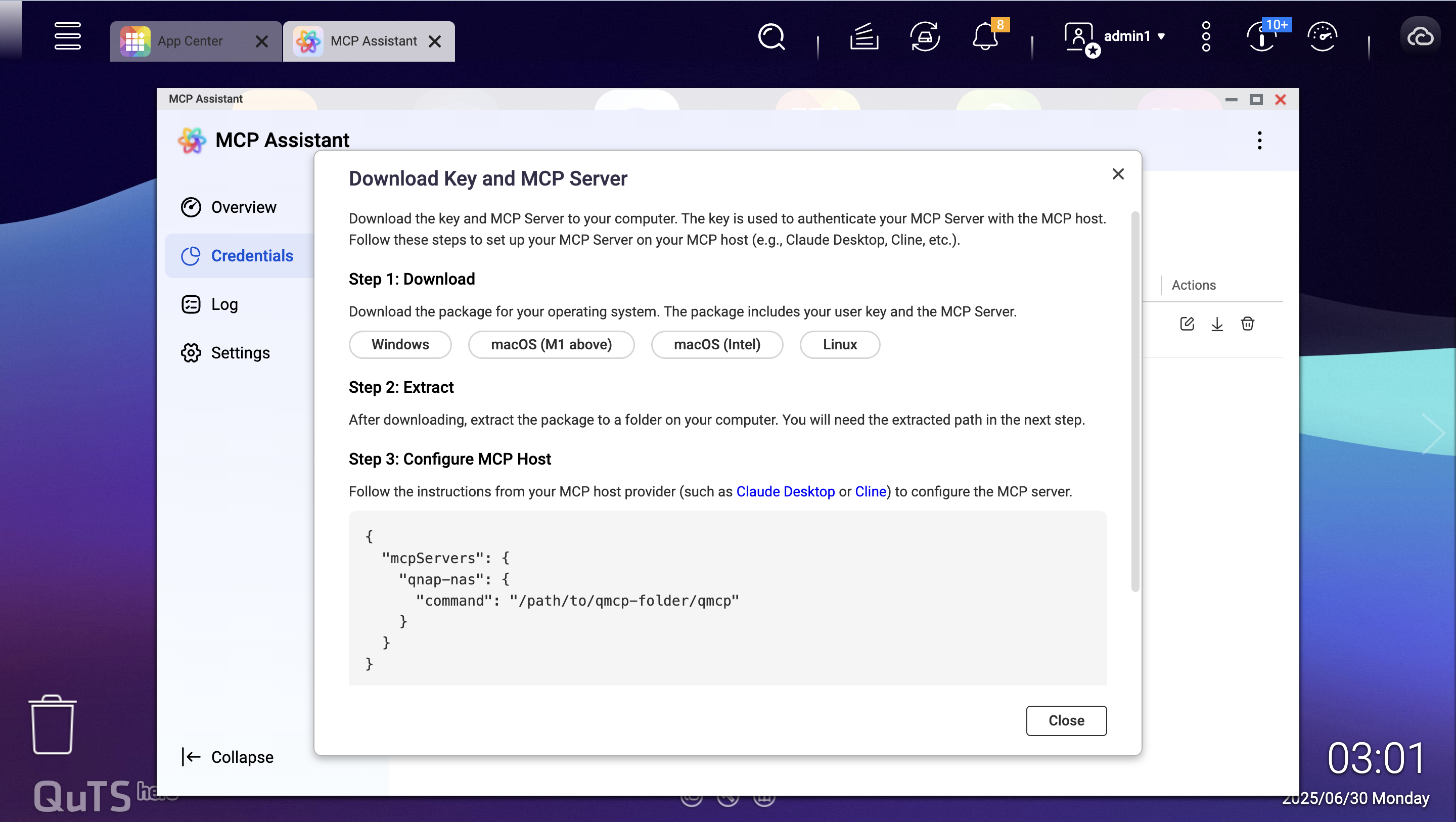
- Select your operating system:
- Windows – For Windows-based computers
- macOS (M1 and above) – For Apple Silicon Macs
- macOS (Intel) – For Intel-based Macs
- Linux – Claude Desktop is not available for Linux; use other MCP hosts.
- Click the button matching your OS to download the package, which includes both your user key and the MCP Server files.
- Extract the MCP Server ZIP package.
- Locate the downloaded file:
- The filename will vary (e.g., qmcp-darwin-arm64-250630_1502.zip).
- Check your Downloads folder or the location you selected.
- Extract the ZIP file:
- Windows: Right-click the ZIP file and select Extract All or use your preferred extraction tool.
- macOS: Double-click the ZIP file to extract it automatically or use a tool like The Unarchiver.
- Verify extraction:
- You should see a folder containing the MCP Server executable and configuration files.
- Note the folder path; you will need it for Claude Desktop configuration.
Important
Keep track of the extracted folder location for later configuration steps.
- Download Claude Desktop.
- Visit the official Anthropic website at claude.ai.
- Navigate to the Claude Desktop download section.
- Download the appropriate installer for your operating system:
- Windows: Download the .exe installer.
- macOS: Download the .dmg installer.
- Install Claude Desktop.
- Windows:
- Run the downloaded .exe installer.
- Follow the installation wizard prompts and accept the license agreement.
- Choose the installation location and complete the process.
- macOS:
- Open the downloaded .dmg file.
- Drag Claude Desktop to the Applications folder.
- If prompted, go to System Preferences > Security & Privacy and allow the application to run.
- Open Claude Desktop.
- Launch Claude Desktop from your desktop shortcut.
- If this is your first time launching Claude:
- Sign in with your Anthropic account.
- Complete any initial setup procedures.
- Accept terms of service if prompted.
Edit the configuration of Claude Desktop.
- Locate the configuration file:
- Use Claude Desktop UI: Menu (top left) > Settings > Developer > Edit Config.
- You may also find the configuration file here:
- Windows: %APPDATA%\Claude\claude_desktop_config.json
- macOS: ~/Library/Application Support/Claude/claude_desktop_config.json
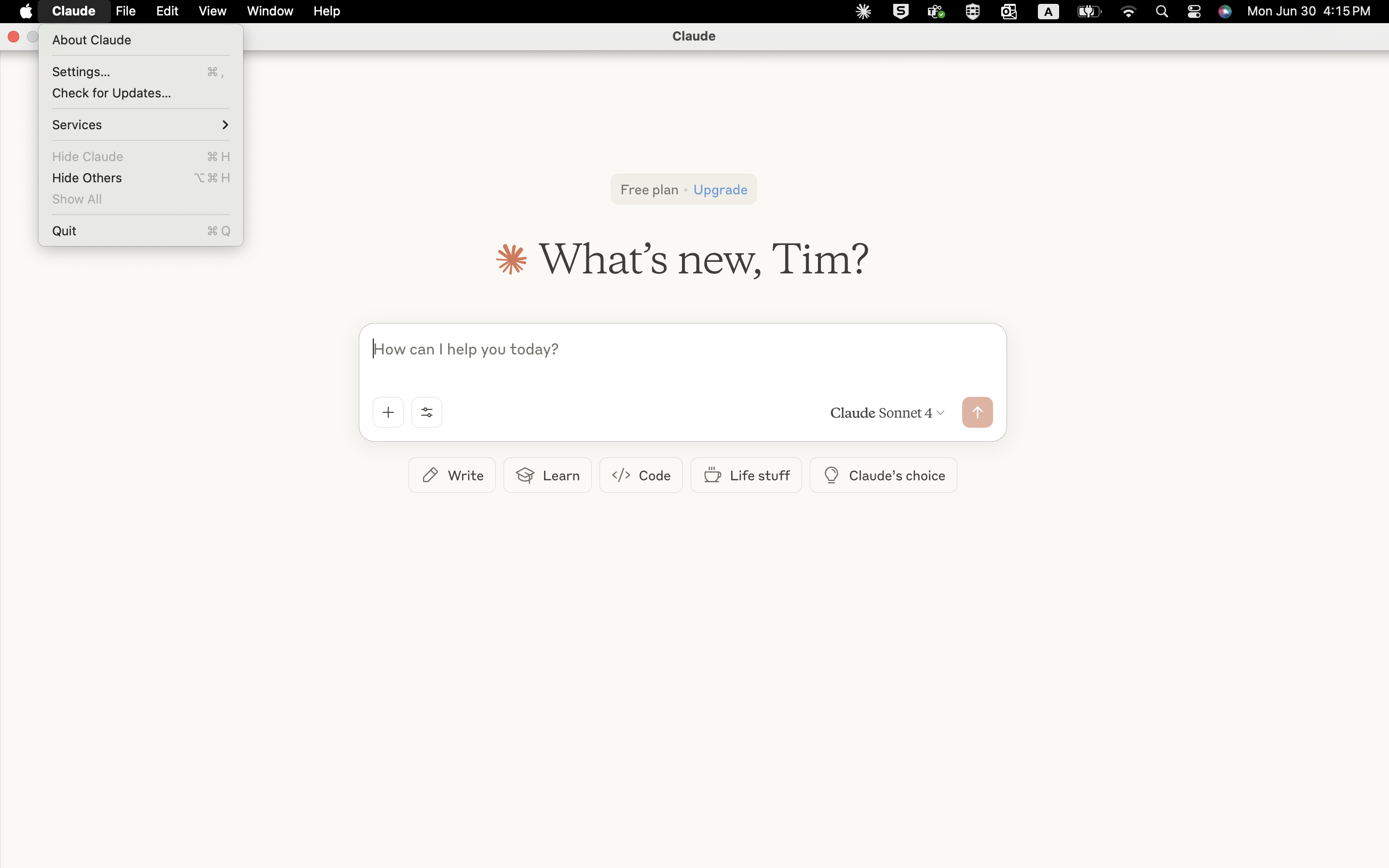
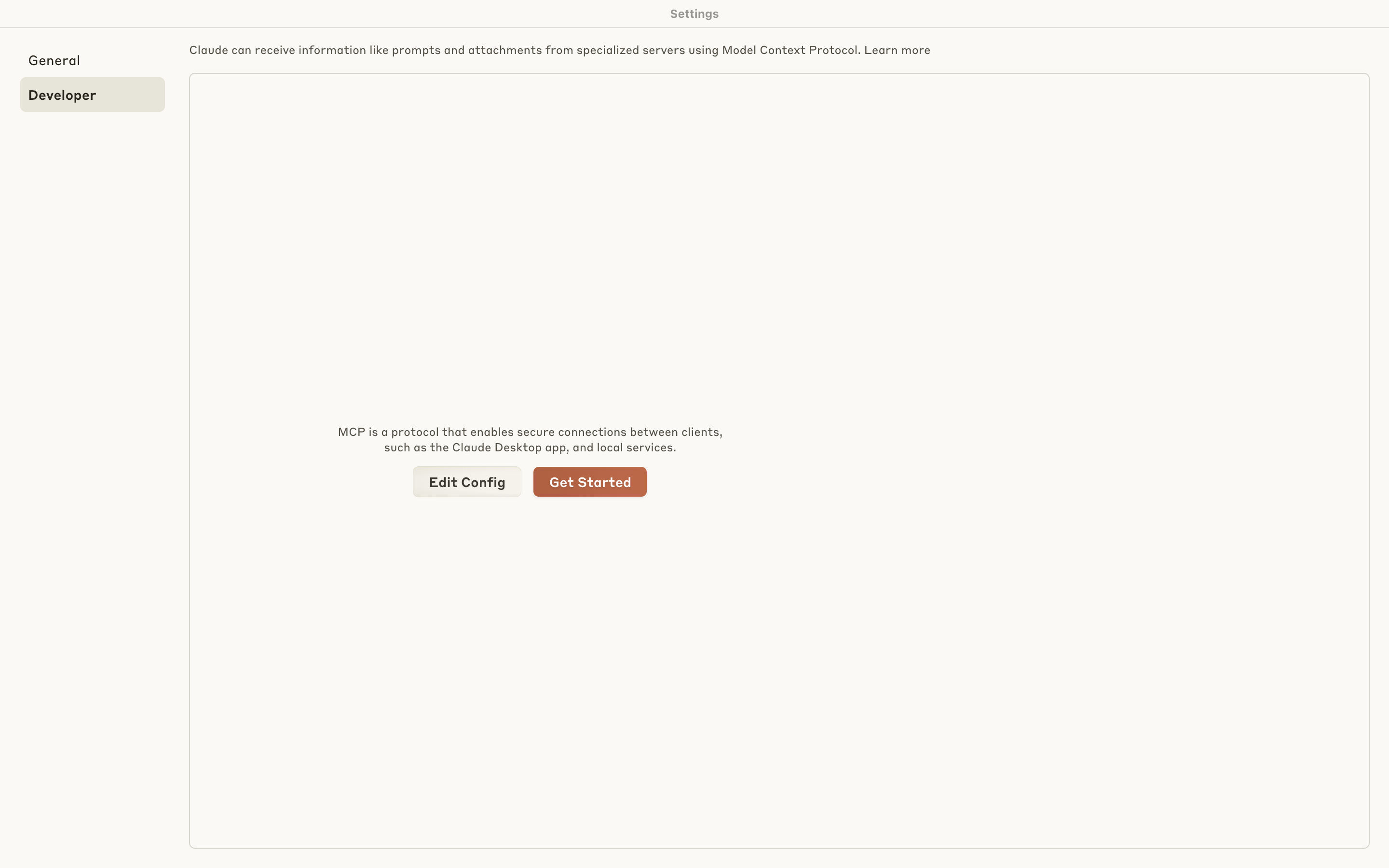
Edit the file:
- Open in a text editor (e.g., Notepad++, VS Code, TextEdit).
Add the MCP Server configuration as shown in the MCP Assistant dialog. For example:
{
"mcpServers": {
"qnap-nas": {
"command": "/path/to/qmcp-folder/qmcp"
}
}
}
Replace /path/to/qmcp-folder/qmcp with the actual path to your extracted MCP Server executable.
- On Windows, use double backslashes (\\) instead of single backslashes (\). For example:
C:\\Users\\YourName\\Downloads\\qmcp-folder\\qmcp.exe.
Save the configuration file.
Allow execution of the MCP Server.
- macOS users:
- You may see a security warning when running the MCP Server executable. Click Done to close the warning.
- Go to Apple Menu > System Settings > Privacy & Security > Security.
- Click Allow Anyway next to the blocked qmcp executable.
- Only allow executables from trusted sources to avoid risks.
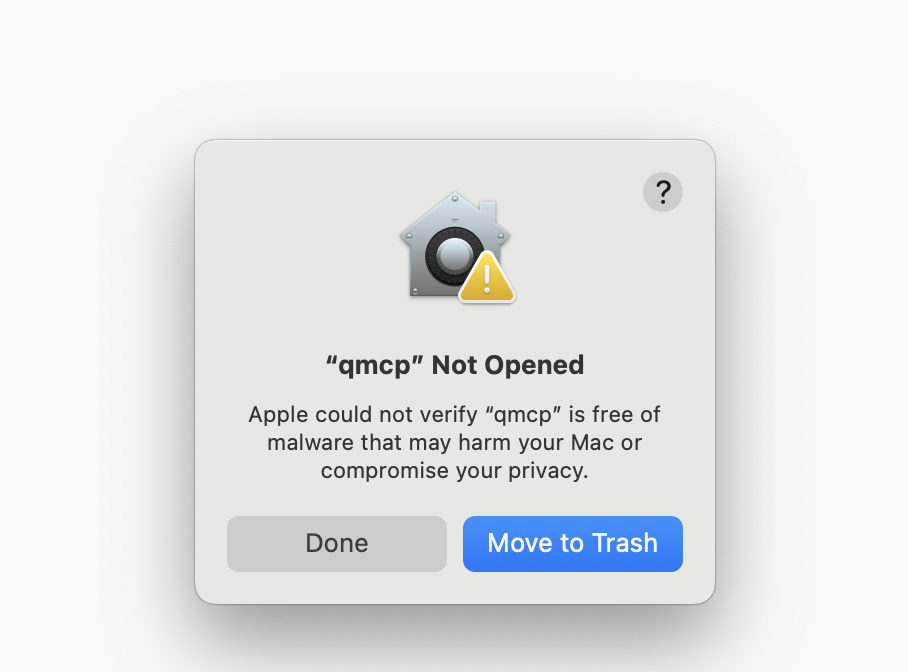
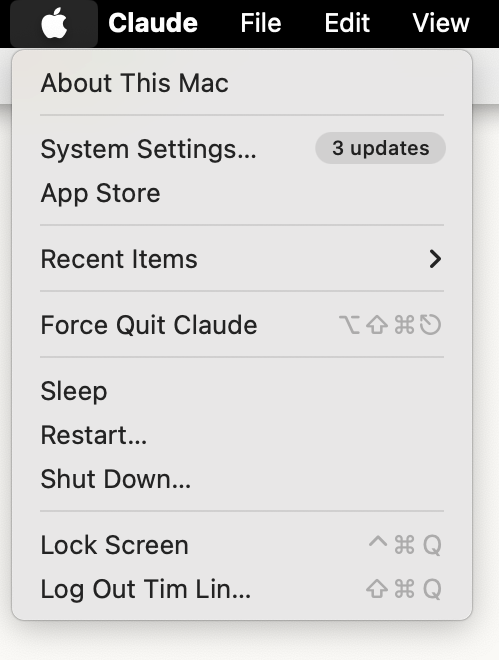

- Windows users:
- Ensure antivirus or firewall software does not block the MCP Server executable.
- Add exceptions if necessary.
- Re-open Claude Desktop and test the setup.
- To load your previous configuration, completely quit Claude Desktop and reopen it.
- macOS: Force Quit the app or close the app in Activity Monitor.
- Windows: open Task Manager, locate the app, and select End task.
If this does not work, restart your computer.
- Test with prompts such as:
- Can you access my QNAP NAS?
- Show me the status of my NAS storage.
- List the files in my shared folders.
- Verify Claude responds with successful interactions related to your NAS.
- If errors appear, check the user interface for details.
Troubleshooting Tips
Below are tips for quickly troubleshooting common issues.
- Connection issues: Ensure that the MCP Server path in the configuration file is correct.
- Permission errors: Ensure that the MCP Server executable has appropriate permissions.
- Authentication problems: Ensure that the authentication key from MCP Assistant is in the correct location.
- Firewall blocking: Ensure that your firewall allows MCP Server communication.
Conclusion
You have successfully set up QNAP MCP Assistant with Claude Desktop. You can now leverage Claude's AI capabilities to interact with your QNAP NAS through natural language commands, including file management and system monitoring.
如何設定 QNAP MCP Assistant 與 Claude Desktop 搭配使用?適用產品
- 執行 QTS 5.2、QuTS hero h5.2 或更新版本的 QNAP NAS 設備
- MCP Assistant
簡介
本教程將指導您設定 QNAP 的 MCP Assistant 以搭配 Claude Desktop 使用,實現 QNAP NAS 與 Claude AI 功能的無縫整合。然後,您可以使用自然語言指令操作 NAS。
先決條件
開始之前,請確保您已完成以下設定:
- 具備 QTS 5.2、QuTS hero h5.2 或更新版本的 QNAP NAS 設備
- 具備網路連線的電腦(Windows 或 macOS;Claude Desktop 不支援 Linux)
- 系統管理員存取您的 QNAP NAS
- 預設 MCP Assistant 埠:8442 和 8443
程式
- 從 App Center 安裝 MCP Assistant (beta)。
- 如果您的 NAS 執行 QTS/QuTS hero 5.2.1 或更新版本:
- 登入您的 QNAP NAS。
- 前往App Center。
- 在右上角,按一下

- 選擇加入 QNAP App Beta 計畫 然後按一下 套用。
- 在搜尋欄中,搜尋MCP Assistant。
- 按一下安裝。
- 如果您的 NAS 執行 QTS/QuTS hero 5.2.0:
- 前往 App Center 的網頁 。
- 搜尋MCP Assistant。
- 按一下MCP Assistant從搜尋結果中。
- 選擇您的 NAS 型號。
- 下載安裝檔案。
- 登入您的 QNAP NAS。
- 前往 App Center。
- 在右上角,按一下

- 選擇手動安裝。
- 按一下瀏覽並上傳您剛從 QNAP 網站下載的安裝檔案。
- 按一下安裝。
- 開啟 MCP Assistant。
- 在主選單中找到 MCP Assistant。
- 啟動 MCP Assistant.

- 建立憑證並下載 MCP Server。
- 在 MCP Assistant 中,前往憑證索引標籤。
- 按一下建立以生成新金鑰。
- 輸入金鑰的描述性名稱,選擇金鑰型別,並選擇要與此金鑰關聯的使用者帳戶。
提示
預設情況下,唯讀模式 已啟用。若要授予受信任使用者更多權限,您可以取消選中此選項。
- 指定使用者可以存取哪些 MCP 工具。
- 按一下建立以完成金鑰建立。
- 金鑰建立後,按一下下載箭頭下的動作。
- 下載密鑰和 MCP Server 對話框將出現,允許您將身份驗證密鑰和 MCP Server 檔案下載到您的電腦。



- 選擇您的作業系統:
- Windows– 適用於 Windows 系統的電腦
- macOS (M1 及以上)– 適用於 Apple Silicon Mac
- macOS (Intel)– 適用於 Intel 系統的 Mac
- Linux– Claude Desktop 不支援 Linux;請使用其他 MCP 主機。
- 按一下與您的作業系統匹配的按鈕以下載套件,其中包括您的使用者金鑰和 MCP Server 檔案。
- 解壓 MCP Server ZIP 套件。
- 找到下載的檔案:
- 檔案名稱會有所不同(例如,qmcp-darwin-arm64-250630_1502.zip)。
- 檢查您的下載資料夾或您選擇的位置。
- 解壓 ZIP 檔案:
- Windows:右鍵點選 ZIP 檔案並選擇全部解壓或使用您偏好的解壓工具。
- macOS:雙擊 ZIP 檔案以自動解壓或使用像 The Unarchiver 的工具。
- 驗證解壓:
- 您應該看到一個包含 MCP Server 可執行檔和配置檔案的資料夾。
- 記下資料夾路徑;您將需要它來配置 Claude Desktop。
- 下載 Claude Desktop。
- 造訪官方 Anthropic 網站 claude.ai。
- 瀏覽至 Claude Desktop 下載區。
- 下載適合您作業系統的安裝程式:
- Windows:下載 .exe 安裝程式。
- macOS:下載 .dmg 安裝程式。
- 安裝 Claude Desktop。
- Windows:
- 執行下載的 .exe 安裝程式。
- 按照安裝精靈提示並接受授權協議。
- 選擇安裝位置並完成過程。
- macOS:
- 開啟下載的 .dmg 檔案。
- 將 Claude Desktop 拖到應用程式資料夾。
- 如果出現提示,請前往系統偏好設定 > 安全性與隱私並允許應用程式執行。
- 開啟 Claude 桌面應用程式。
- 從桌面捷徑啟動 Claude 桌面應用程式。
- 如果這是您第一次啟動 Claude:
- 使用您的 Anthropic 帳戶登入。
- 完成任何初始設定程式。
- 如果出現提示,接受服務條款。
編輯 Claude 桌面應用程式的設定。
- 找到設定檔案:
- 使用 Claude 桌面應用程式介面:選單(左上角)> 設定 > 開發者 > 編輯設定。
- 您也可以在這裡找到設定檔案:
- Windows:%APPDATA%\Claude\claude_desktop_config.json
- macOS: ~/Library/Application Support/Claude/claude_desktop_config.json


編輯檔案:
- 在文字編輯器中開啟(例如,Notepad++、VS Code、TextEdit)。
按照 MCP 助理對話方塊中顯示的方式新增 MCP 伺服器設定。例如:
{
"mcpServers": {
"qnap-nas": {"command": "/path/to/qmcp-folder/qmcp"}
}
}
替換 /path/to/qmcp-folder/qmcp 為您提取的 MCP 伺服器可執行檔的實際路徑。
- 在 Windows 上,使用雙反斜線(\\)而不是單反斜線(\)。例如:
C:\\Users\\YourName\\Downloads\\qmcp-folder\\qmcp.exe。
儲存設定檔案。
允許執行 MCP 伺服器。
- macOS 使用者:
- 執行 MCP 伺服器可執行檔時,您可能會看到安全警告。點選完成以關閉警告。
- 前往Apple 選單 > 系統設定 > 隱私與安全 > 安全。
- 按一下仍然允許在被封鎖的 qmcp 可執行檔旁。
- 僅允許來自可信來源的可執行檔以避免風險。



- Windows 使用者:
- 確保防毒或防火牆軟體不會封鎖 MCP Server 可執行檔。
- 如有必要,新增例外。
- 重新開啟 Claude Desktop 並測試設定。
- 要載入您之前的設定,請完全退出 Claude Desktop 並重新開啟。
- macOS:強制退出應用程式或在活動監視器中關閉應用程式。
- Windows:開啟工作管理員,找到應用程式,然後選擇結束任務。
如果這不起作用,請重新啟動您的電腦。
- 使用以下提示進行測試:
- 您能訪問我的 QNAP NAS 嗎?
- 顯示我的 NAS 儲存空間狀態。
- 列出我共享資料夾中的檔案。
- 驗證 Claude 是否成功回應與您的 NAS 相關的互動。
- 如果出現錯誤,請檢查使用者介面以獲取詳細資訊。
故障排除提示
以下是快速排除常見問題的提示。
- 連線問題:確保配置檔中的 MCP Server 路徑正確。
- 許可權錯誤:確保 MCP Server 可執行檔具有適當的許可權。
- 驗證問題:確保 MCP Assistant 的驗證金鑰位於正確位置。
- 防火牆封鎖: 確保您的防火牆允許 MCP Server 通訊。
結論
您已成功設定 QNAP MCP Assistant 與 Claude Desktop。現在您可以利用 Claude 的 AI 功能透過自然語言命令與您的 QNAP NAS 互動,包括檔案管理和系統監控。
















